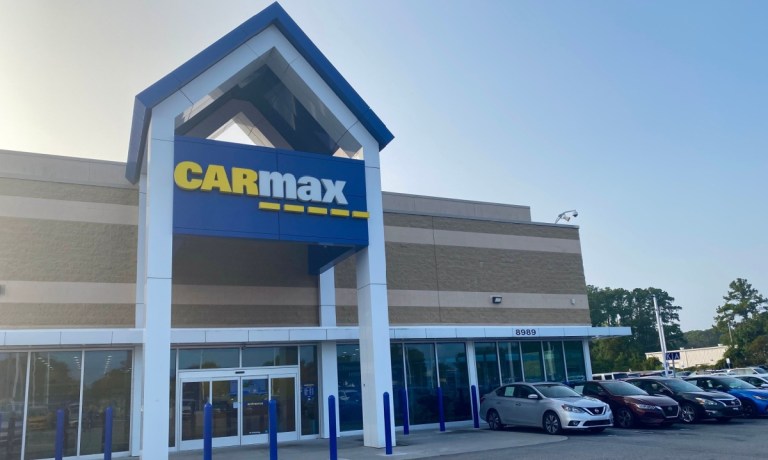
CarMax is deploying tech solutions to boost efficiency as it continues to deal with a tough environment for buying and selling used cars.
“Fiscal 2024 was a challenging year across the used car industry as vehicle affordability and widespread macro factors continue to pressure sales,” CarMax President and CEO Bill Nash said Thursday (April 11) during the company’s quarterly earnings call.
During the quarter ended Feb. 29, the company’s combined retail and wholesale used vehicle unit sales declined 0.9% year over year, its net revenues slid 1.7%, and both its retail and wholesale gross profit per unit were down slightly, CarMax said in a Thursday earnings release.
Consumers continue to face a challenge when it comes to the affordability of used cars, though pricing did improve during the quarter, Nash said during the call.
As it works through this cycle in the used car industry, CarMax has focused on “what we can control,” Nash said. That includes deploying data science, automation and artificial intelligence (AI) to gain operating efficiencies.
For example, on the retail side of the business, CarMax has used technology to make it easier for customers to complete key steps in the transaction on their own, Nash said.
The company has also expanded the capabilities of its virtual assistant, Skye, to include managing finance applications, vehicle transfers, appointment reservations and appraisal offers.
“Customer adoption of Skye has been strong, and this has not only created efficiencies, but also widened bandwidth for our associates,” Nash said.
On the wholesale side, CarMax has enhanced its auction platform to include single sign-on across all its systems, AI-enhanced vehicle condition reports, early bidding capabilities and automated bills of sale.
Over the next year, the firm plans to make it easier for online shoppers to go back and forth between assisted help and self-progression, further integrate Skye into key communication channels, and optimize its prequalification product in the credit space.
“Looking ahead to fiscal 2025, we will build on our progress from last year to further expand our competitive mode,” Nash said. “We are confident that the actions we are taking will enable us to grow sales, profitable market share and buys while also driving additional operational efficiencies as the market turns.”